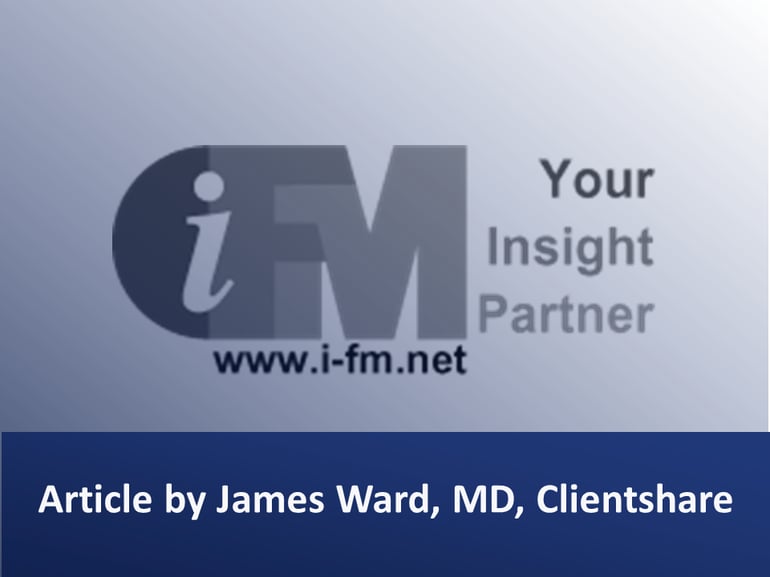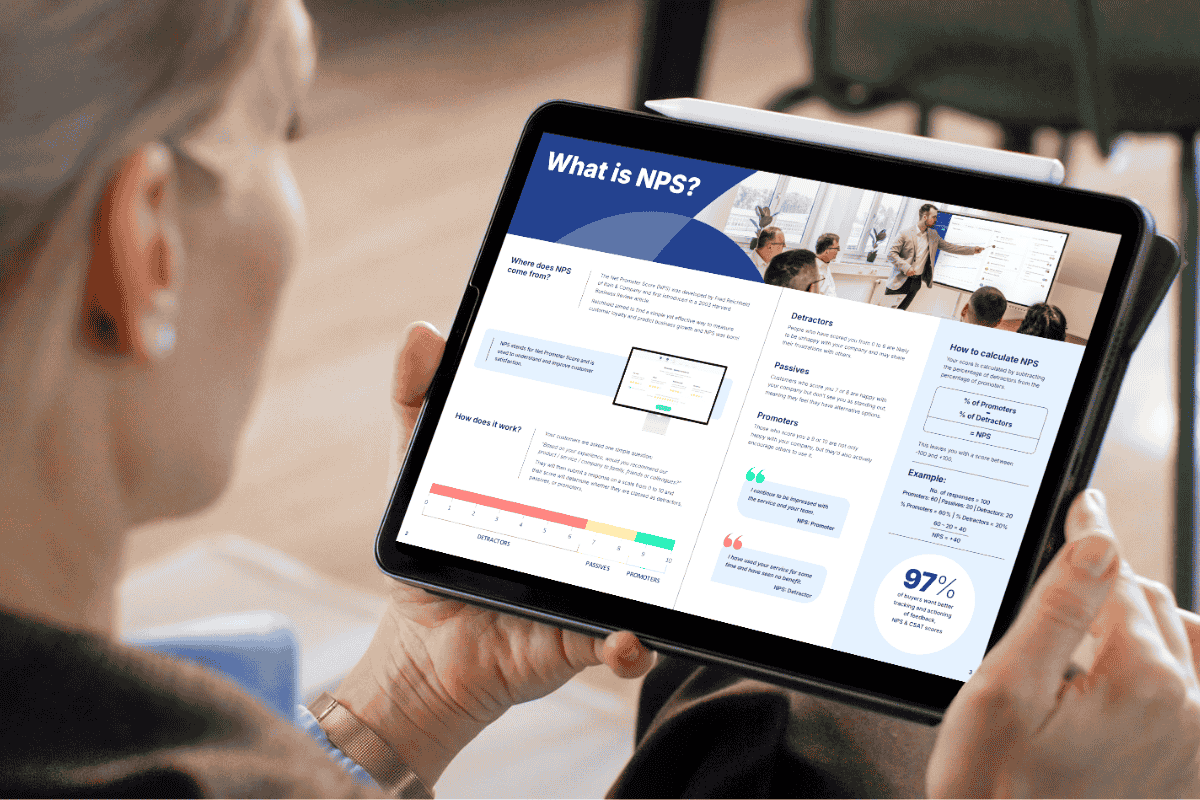
This article was written by Clientshare MD James Ward and published on www.i-fm.net on the 27/11/2019.
A few years ago, I was fortunate enough to lead the UK Financial and Professional Services outsourcing business for of the world’s largest technology companies. We worked with some of the biggest banks, law firms and advisory companies.
You can read the rest of the article here.
/Team%20(Headshots)/James-2.png?width=150&height=150&name=James-2.png)
James Ward, MD and Founder, Clientshare
James founded Clientshare to address the problems in buyer – supplier relationships that lead to contract churn and a failure to grow accounts. Headquartered in London, Clientshare is a quarterly business reviews platform that helps large enterprises retain and grow contracts. Clientshare works with companies like Interserve, Xerox, Guidant Global and CH&Co helping them analyse contract risk, sell more and grow retention by typically by 18%.

